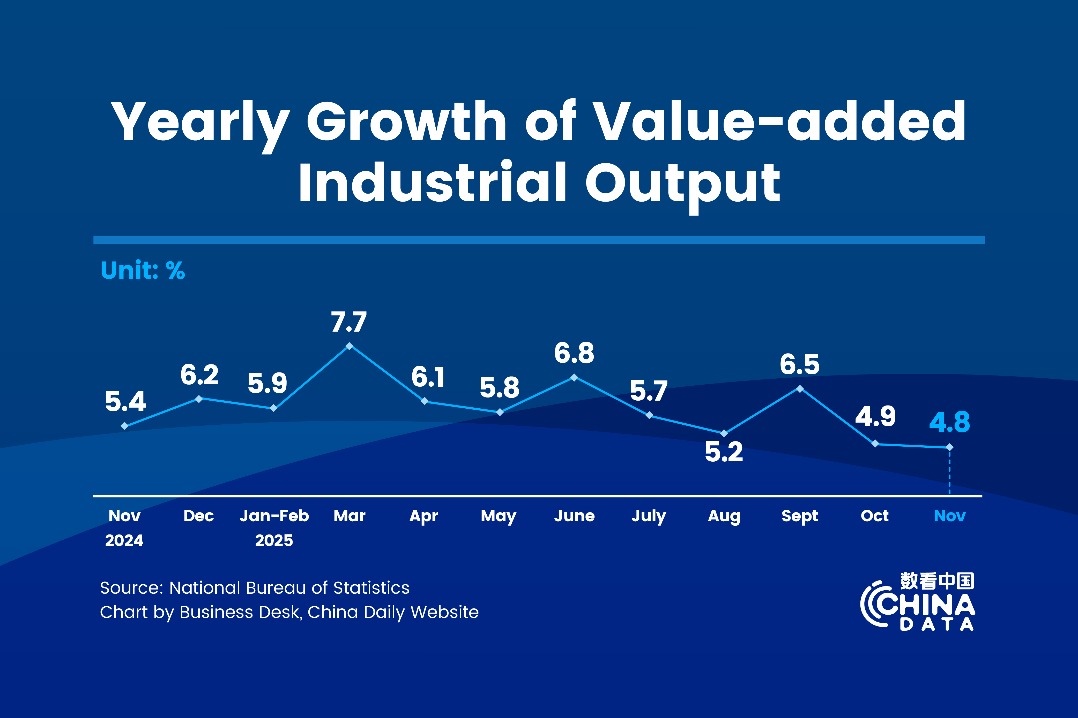Big, bright spot in global economic landscape


David Wang, chief China economist at Credit Suisse, said he expects China to continue making progress toward green transition and technological innovation in the coming years, elevating the country's efficiency of leveraging productive factors to generate economic growth.
Investment in green infrastructure may continue to accelerate, Wang said, especially in the realms of sustainable electricity sources such as water, wind and solar.
Meanwhile, with the government stressing self-reliance in science and technology and improvements in resource allocation, the country is expected to see a modest acceleration in technological progress over the next five years.
China's growth in total factor productivity, or TFP, per year may stand at around 2.2 percent over the next five years, helping offset the decelerating forces, including shrinking working-age labor, he said.
The TFP is a measure of productive efficiency-it measures how much output can be produced from a certain amount of aggregate inputs, reflecting the driving force of technological progress in economic growth.
Nevertheless, some experts still called for additional stimulus measures to iron out short-term downward pressures as China's economic recovery showed signs of softening in July and the impact of policy support could abate late this year.
The country's fixed-asset investment growth of 5.7 percent in the first seven months marks a slowdown from 6.1 percent a month earlier, accompanied by a weakening in the expansion of retail sales from 3.1 percent year-on-year in June to 2.7 percent in July.
To sustain brisk infrastructure investment and therefore stable economic growth in the fourth quarter, it is necessary for China to launch additional fiscal stimulus to supplement the funding capacity of local governments, Zhu from JPMorgan said.
This is because the proceeds from local government special bonds issued this year-a key funding source of infrastructure investment-are expected to be used up around August, meaning that governmental funding support for infrastructure projects could falter in the fourth quarter. During the January-July period, local governments issued 3.47 trillion yuan ($510.89 billion) in new special bonds, official data showed.
Zhuang Qiange and Ouyang Shijia contributed to this story.




































